13 Rare Submarines That Changed the Course of History
Submarines have played a pivotal role in naval history, often shaping the course of wars and advancing military technology. Some of these vessels stand out for their unique designs, remarkable achievements, and historical significance. From the first nuclear-powered submarines to the largest ever built, each of these submarines made a lasting impact. While many of these vessels are no longer in service, their legacy continues to capture the imagination of naval enthusiasts and historians alike. Whether through groundbreaking technology or daring missions, these submarines left their mark on history.
This post may contain affiliate links, which helps keep this content free. Please read our disclosure for more info.
USS Nautilus (SSN-571)
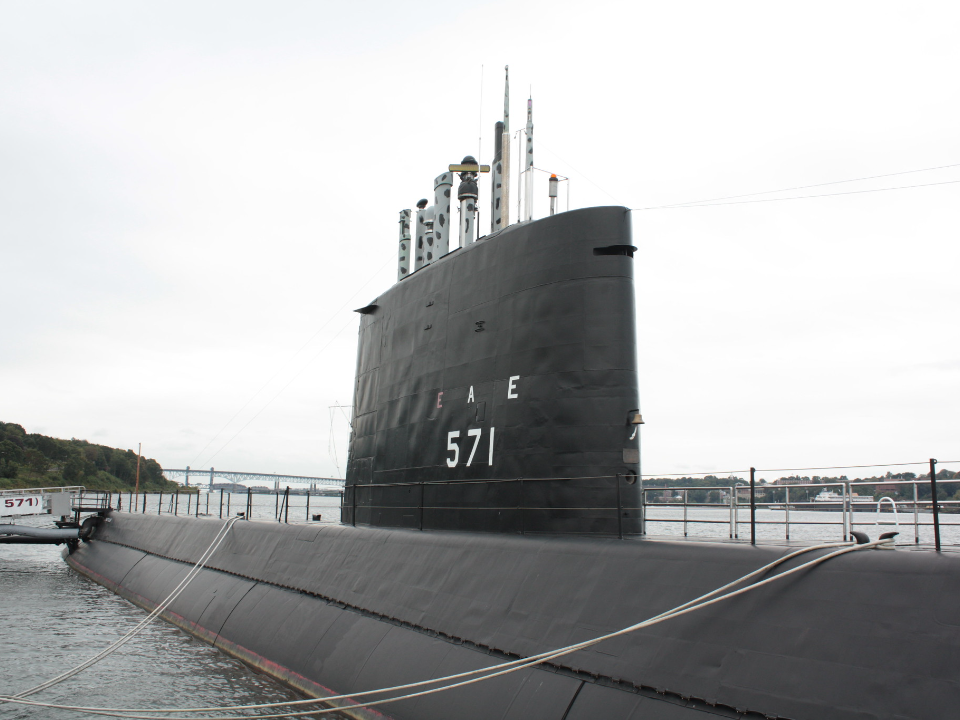
The USS Nautilus was the first nuclear-powered submarine to operate on a mission and is one of the most famous submarines in history. Launched in 1954, it represented a significant milestone in naval engineering, setting a precedent for future submarines. It was capable of sustained submerged operation and was powered by a nuclear reactor, allowing it to remain submerged for longer periods than any conventional submarine. The submarine made its most famous voyage in 1958 when it completed the first-ever submerged transit of the North Pole.
As a testament to its historical significance, the USS Nautilus was decommissioned in 1980 and is now preserved as a museum in Groton, Connecticut. Its legacy is honored for pushing the boundaries of submarine technology and showing the world the power of nuclear propulsion. While no official market value exists, if it were ever sold, it could command a price in the range of $10 million due to its historical importance and preservation.
German U-Boat Type VII-C
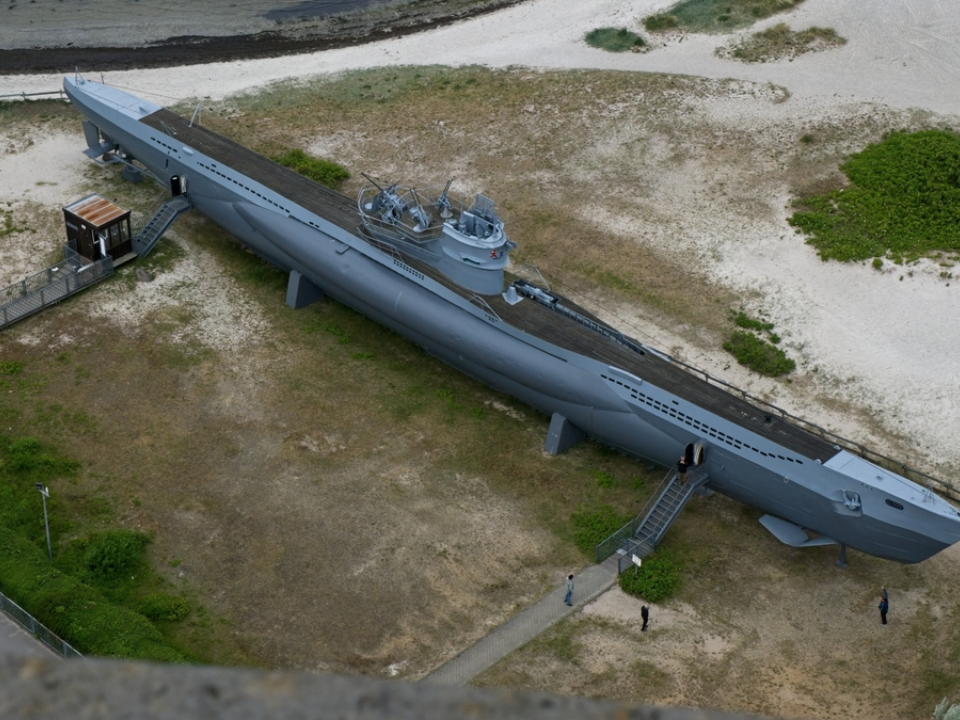
The German U-Boat Type VII-C was one of the most influential submarines used during World War II, making it a key part of the history of military naval warfare. This class was the backbone of Germany’s U-boat fleet and is noted for its durability and ability to perform long-range missions. It was designed to sink merchant ships, and its torpedo capabilities helped Germany in its efforts to cut off vital supply lines to the Allied forces. The Type VII-C saw action in various theaters of the war and is credited with sinking numerous enemy vessels.
Several of these U-boats have been recovered, and some are displayed in museums, most notably in Germany. The market value of an original Type VII-C U-Boat, if restored, could reach over $20 million, given its historical relevance and rarity. These submarines are highly coveted by collectors and naval history enthusiasts worldwide.
HMHS Britannic
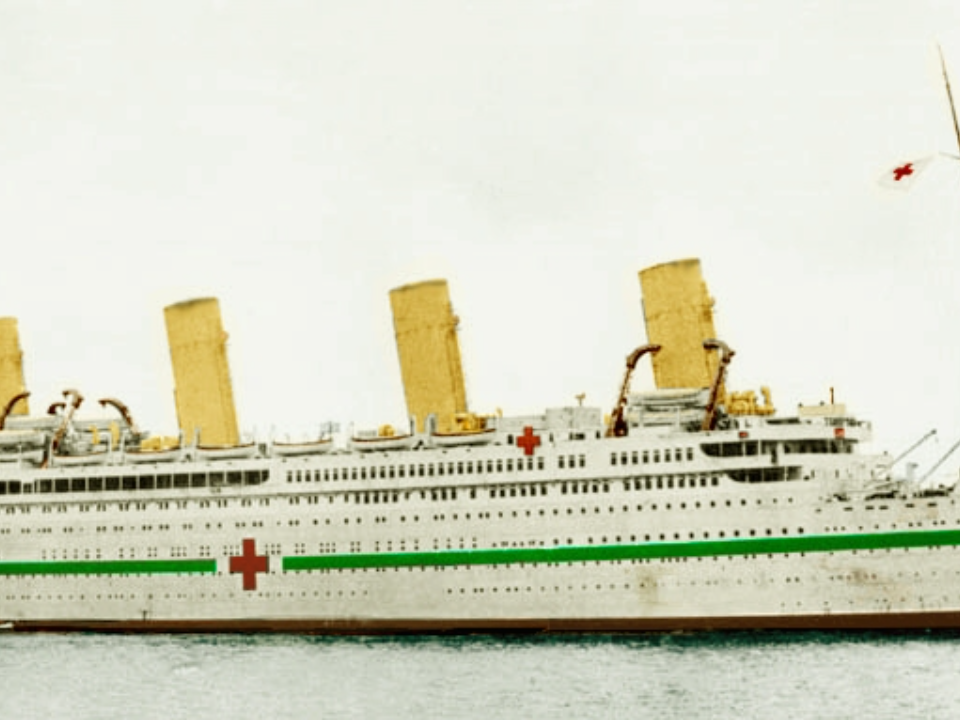
The HMHS Britannic, a sister ship to the ill-fated RMS Titanic, was converted into a hospital ship during World War I. Despite its tragic sinking in 1916, the Britannic’s history remains captivating. It struck a mine in the Aegean Sea, sinking much quicker than the Titanic, but most of the passengers and crew were rescued, showcasing the ship’s design and safety features. The Britannic was the largest ship of the White Star Line and served as an essential part of the war effort before its untimely end.
Though not widely regarded as a traditional submarine, the Britannic’s underwater wreckage lies 400 feet below the surface. The wreck’s value is incalculable, and there have been numerous explorations into its depths. If salvaged and restored for display, it would easily fetch around $100 million or more, given its Titanic connection and historical significance.
USS Thresher (SSN-593)
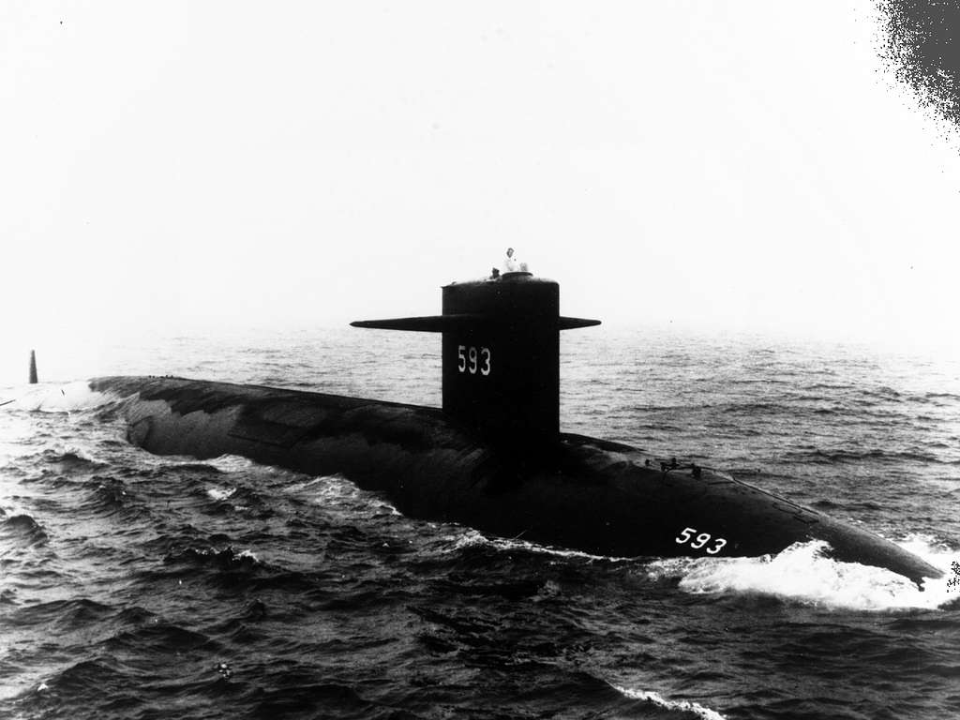
The USS Thresher, a nuclear-powered submarine, tragically sank during sea trials in 1963, claiming the lives of 129 crew members. Its sinking remains one of the deadliest submarine disasters in U.S. naval history and significantly impacted naval submarine safety protocols. The Thresher was a Skipjack-class submarine, built for deep diving and stealth missions, and it was considered one of the most advanced submarines of its time.
After the Thresher’s loss, improvements in submarine technology, particularly in pressure hull integrity, were implemented across the fleet. As of today, its wreckage lies at a depth of over 8,000 feet in the North Atlantic. While no market value is available, the Thresher’s tragic story and the lessons learned from its loss are priceless in terms of the advancements in submarine technology and safety.
Soviet Typhoon-Class Submarine

The Typhoon-class submarine, known as the largest ever built, was a project undertaken by the Soviet Union during the Cold War. These massive nuclear-powered submarines were designed to carry a fleet of ballistic missiles and serve as the centerpiece of the Soviet strategic nuclear deterrence force. Measuring over 500 feet in length, the Typhoon-class could carry 20 intercontinental ballistic missiles (ICBMs) and was heavily armed with nuclear warheads. The sheer size of these submarines made them an engineering marvel, yet also a financial burden, leading to the class being discontinued after only six units were produced.
Today, one of the surviving Typhoon-class submarines, the “Dmitry Donskoy,” is used for training purposes and is docked at a Russian naval base. If a fully restored Typhoon-class submarine were put on the market, its value could easily exceed $100 million, given its historical significance and size.
USS Gato (SS-212)
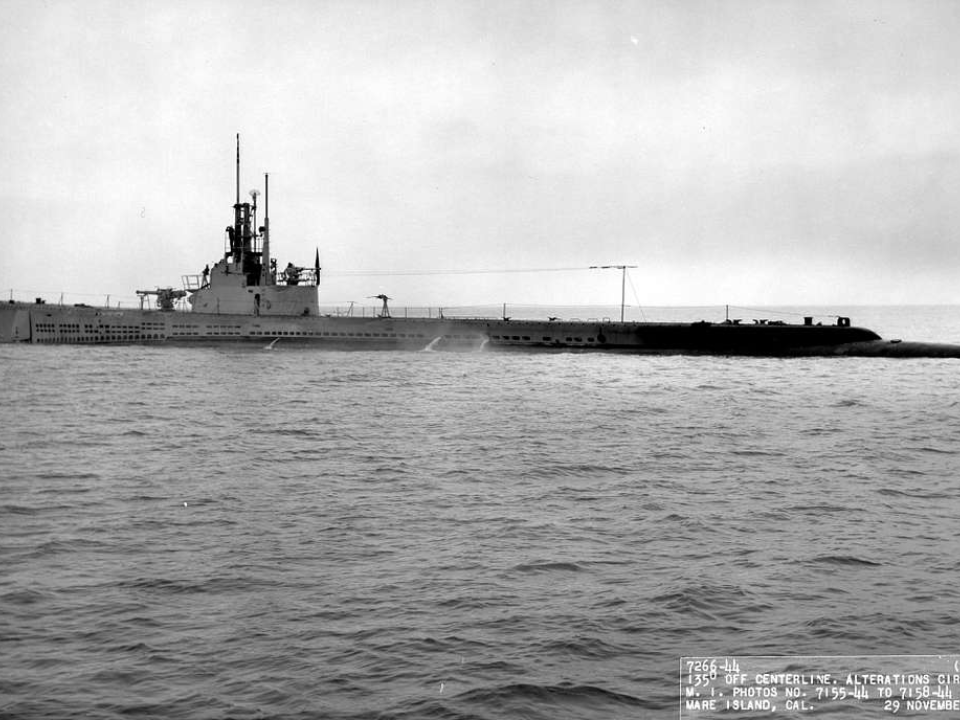
The USS Gato was one of the most successful American submarines during World War II and played a critical role in the Pacific Theater. This Balao-class submarine was responsible for sinking numerous enemy vessels, contributing significantly to the Allied victory. The Gato-class boats were designed for long-range patrols and torpedo attacks, becoming the foundation for U.S. Navy submarines during the war.
The USS Gato was eventually decommissioned in the 1940s but remains an icon of American naval history. As one of the few remaining World War II submarines, a restored USS Gato would be worth an estimated $5 to $10 million, with high interest from collectors and museums that focus on military history.
R-Class Submarines

The R-class submarines were an influential class of British submarines built during World War I and early World War II. Known for their ability to lay mines and conduct reconnaissance, these submarines were involved in several significant naval operations. The class’s innovative design, which allowed for greater stealth, proved crucial in strategic attacks on enemy ports.
Several R-class submarines were sunk or scrapped, but their legacy endures. Today, a restored R-class submarine could fetch around $7 to $10 million, particularly if it was one of the few that served in both world wars and had historical documentation of its engagements.
Italian Salvatore Class

The Salvatore-class submarines were unique for their use by the Italian Navy during the mid-20th century. Their design focused on both stealth and offensive capability, allowing them to engage enemy ships without detection. Several of these submarines saw service in both the Mediterranean and Atlantic theaters during World War II.
Today, Salvatore-class submarines are rare, with only a few preserved in Italian naval museums. Given their scarcity and historical importance, their value on the open market would likely be around $10 million for any fully restored model.
French Rubis-Class Submarine
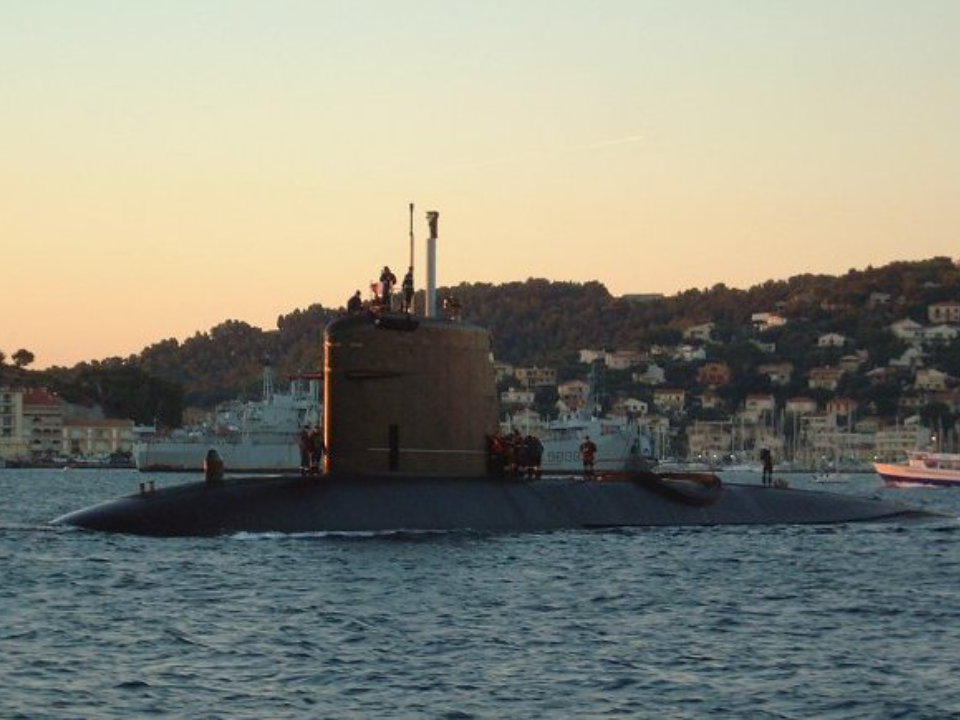
The Rubis-class submarine was an advanced nuclear-powered attack submarine introduced by the French Navy in the 1980s. With its design focused on stealth and combat capability, the Rubis-class played a crucial role in defending French interests during the Cold War. These submarines could carry a range of torpedoes and were equipped with advanced sonar technology for detecting enemy vessels.
Despite being decommissioned in the early 2000s, the Rubis-class submarines are still a symbol of French naval innovation. If one of these submarines were restored, it would likely have a market value in the range of $15 million, especially if it were restored to its full operational status.
USS Squalus (SS-192)
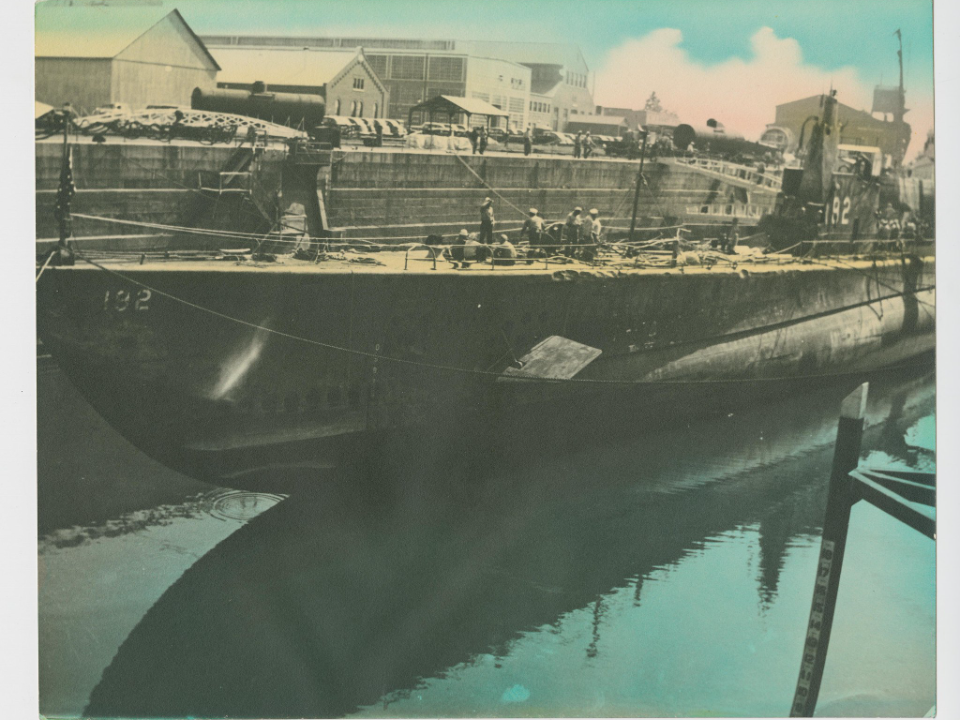
The USS Squalus was a unique submarine in U.S. Navy history, best known for its tragic accident during a test dive in 1939. It sank 240 feet to the ocean floor off the coast of New England, but all 33 crew members were rescued after a heroic effort to bring the submarine back to the surface. The incident led to significant advancements in submarine rescue operations and technology. After the Squalus was raised, it was recommissioned as the USS Sailfish and continued to serve in World War II.
Today, the Squalus’s legacy remains as a testament to the courage of the crew and the innovations that followed. Its preservation and role in naval safety advancements make it a rare part of American naval history. If restored, its market value could reach $5 million due to its connection to submarine rescue efforts and naval advancements.
USS Scorpion (SSN-589)
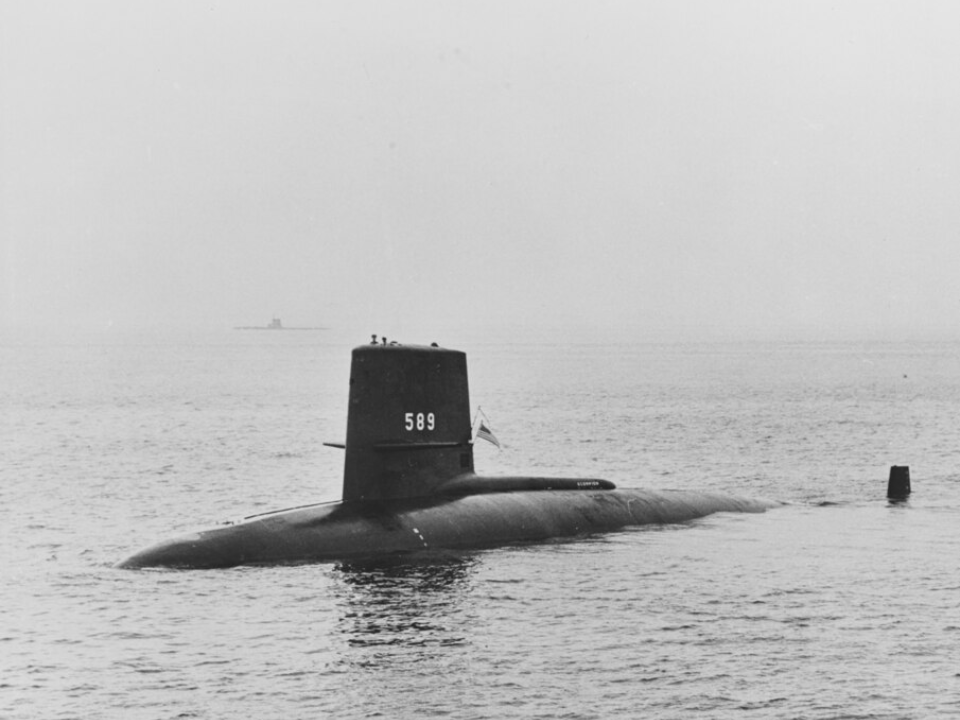
The USS Scorpion was a nuclear-powered submarine that tragically sank in 1968 under mysterious circumstances. It was a Skipjack-class submarine and one of the most advanced submarines in the U.S. Navy at the time. The loss of the Scorpion, along with its crew of 99 men, led to one of the most extensive investigations in naval history. The exact cause of the sinking remains unclear, though various theories have been proposed.
The Scorpion’s wreckage was discovered at a depth of 10,000 feet in the Atlantic Ocean. Though the submarine has never been salvaged, it remains a tragic chapter in U.S. naval history. If recovered and restored, the Scorpion could be worth $25 million or more, given its historical context and mystery.
USS Barb (SS-220)
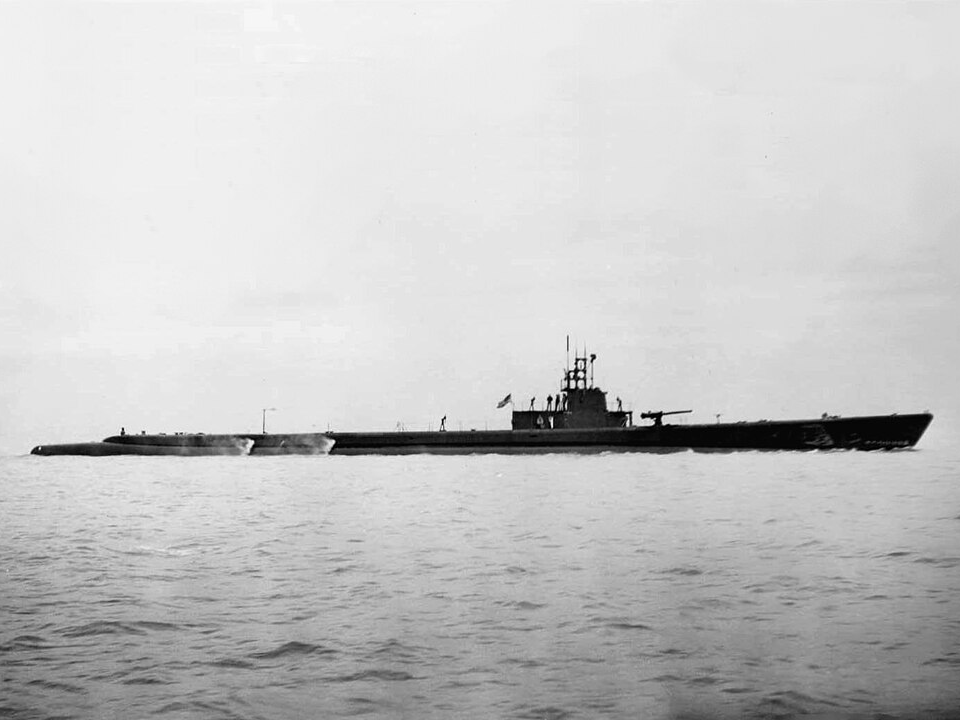
The USS Barb was a Balao-class submarine that achieved fame during World War II for its successful missions in the Pacific. Under the command of Captain Eugene Fluckey, the Barb sank several enemy vessels and conducted the only land attack ever made by a U.S. submarine. The crew’s daring raid on a Japanese railroad led to the capture of a significant amount of supplies.
After the war, the Barb earned the Presidential Unit Citation for its remarkable service. Its rarity lies in its unique accomplishments and its role in changing the way submarines were used for strategic operations. A restored USS Barb would likely fetch $8 million, given its historical accomplishments and rarity.
French Surcouf Submarine
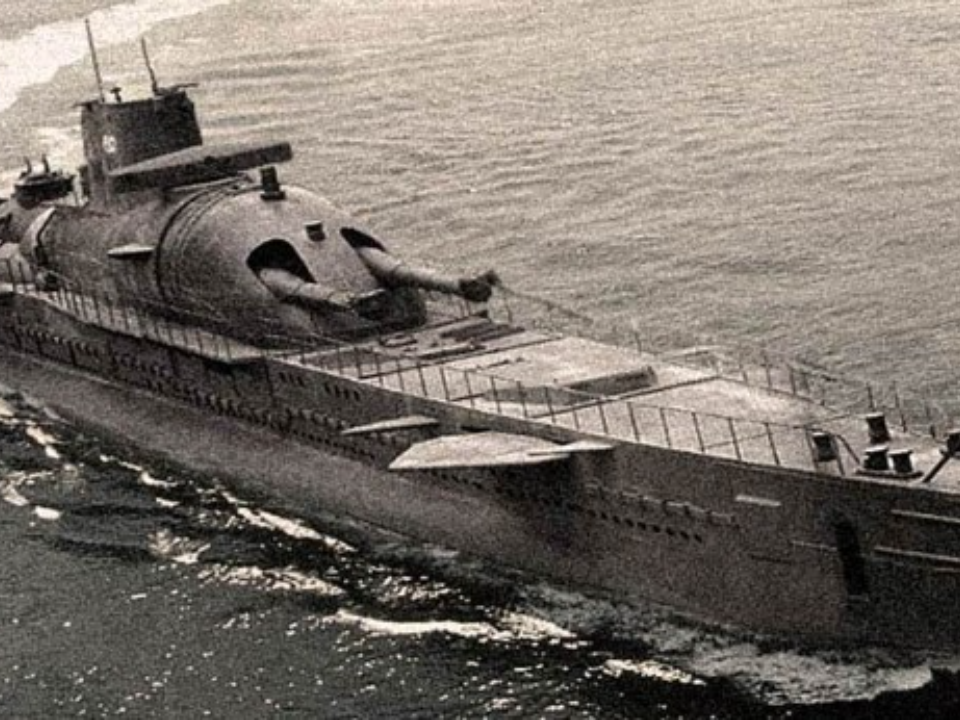
The French Surcouf submarine, built in the 1920s, was one of the largest submarines of its time and carried heavy armament, including a deck gun. It was a formidable vessel, equipped with the ability to launch torpedoes and carry reconnaissance aircraft. The Surcouf made history as a multi-role submarine and was seen as a symbol of French naval power in the interwar period.
Unfortunately, the Surcouf disappeared in 1942, and its wreckage was only discovered decades later. Its historical significance and unique design would make a restored version highly valuable, possibly reaching $18 million due to its size, armament, and mysterious disappearance.
This article originally appeared on Avocadu.
